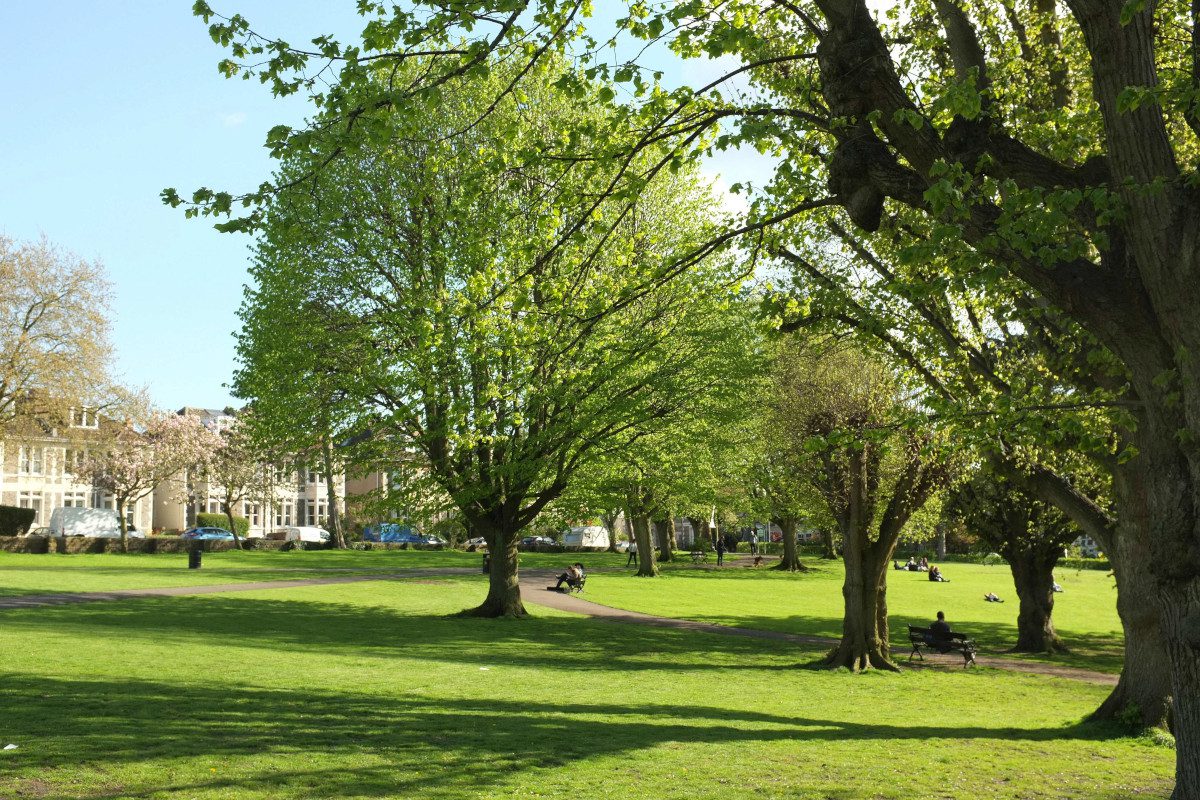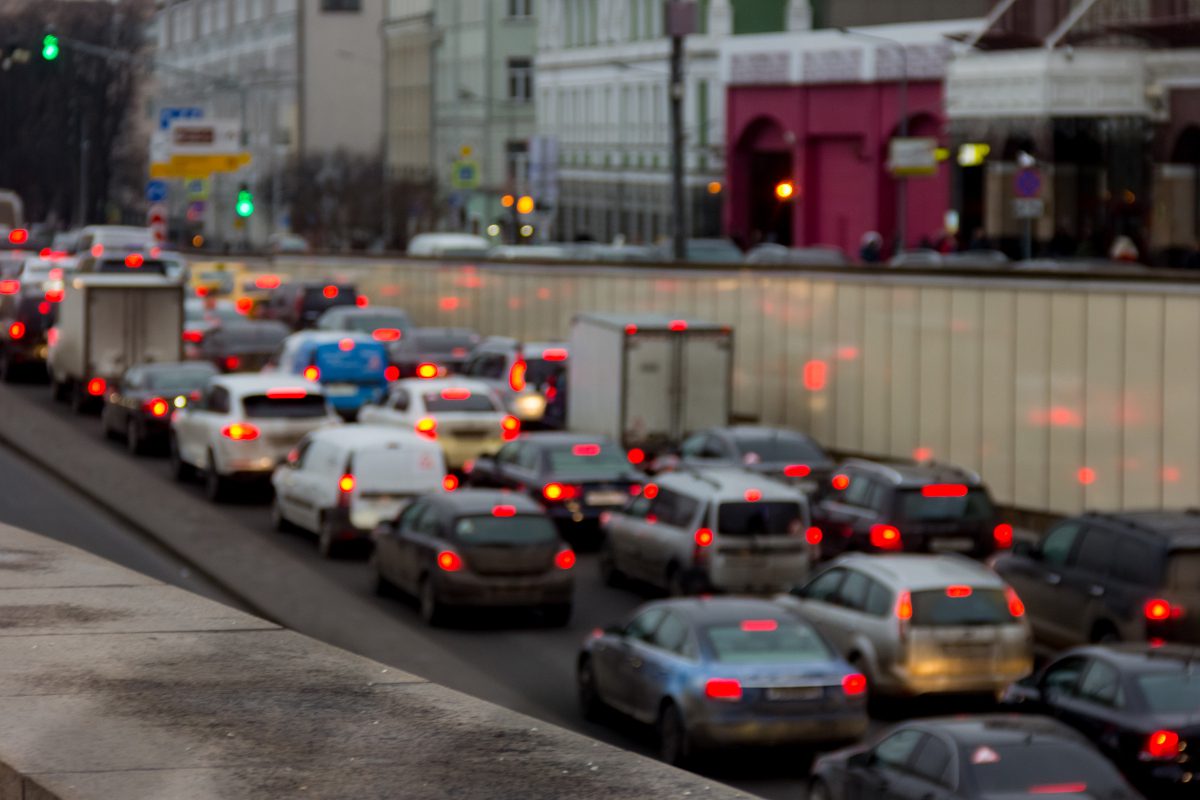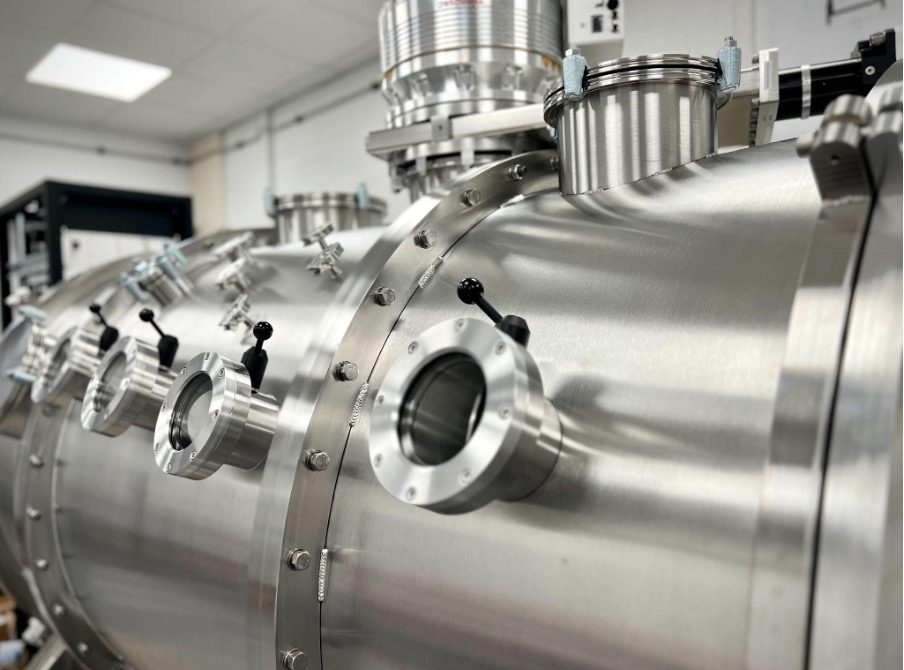One of the most polluted cities in the EU, Warsaw has voted to adopt the city’s first ever Clean Transport Zone in July 2024, following evidence submitted by environmental consultancy Ricardo, on the health impacts and economic case for such a measure.
Warsaw has one of the highest vehicle ownership rates (859 per 1,000 people) in Europe and has seen a growing influx of vehicles from outside of the city. Indeed, every third vehicle in Warsaw is a used car from abroad which emits twice the amount of hazardous gases, including nitrogen oxide. The European Environment Agency estimates that in Warsaw 1,900 premature deaths are attributed to nitrogen oxide. Moreover, exposure to air pollution has a health-related cost to society of an estimated 4.2 billion euros every year.
The Warsaw Clean Transport Zone will include the city centre and parts of the central districts: an area of 37 square kilometres or seven percent of the capital’s area. Older more polluting vehicles will no longer be allowed to enter the city centre, bringing significant reductions in air pollution and improvements in public health. The scheme will apply to all vehicles entering the city, but to help city residents the council has allowed local car drivers some extra time to comply with the rules.
Ricardo’s experts estimated that implementing the Clean Transport Zone in the city could deliver an annual net benefit to Warsaw society valued at 665 million euros (2.9 billion zloty): 12% of the city’s annual budget.
Ricardo’s experts supported the City with developing the new zone, modelling the changes in pollutant concentrations which would result from the various clean transport zone options; assessed the health impacts resulting from these changes in emissions and concentrations; carried out a cost benefit analysis of the different clean transport zone options; and considered how these costs and benefits would be distributed between different social groups and business sectors. A preliminary design of the clean transport zone was then reviewed through a three-month public consultation process, which elicited over 3,000 comments.
















